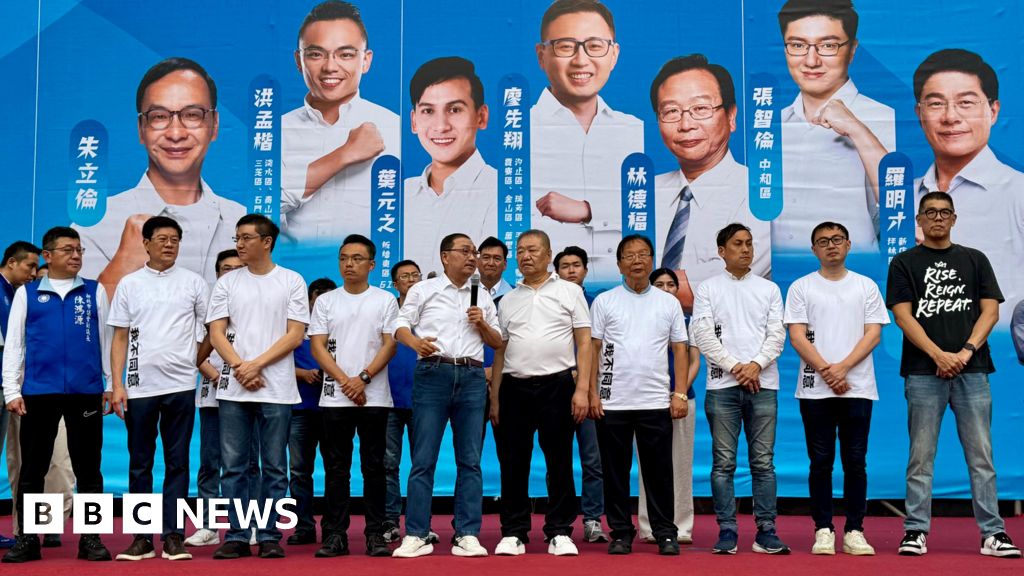Ignoring GenAI is risky for businesses

Sometimes one bad apple can spoil the whole bushel. Generative AI (GenAI) seems to have gotten a bit of that reputation—a few high-profile, epic fails in a range of industries have made many organizations limit internal use of this technology, and sometimes even ban it to reduce business risk.
The reality is, despite the inherent risk of hallucinations and inaccuracies, GenAI is rapidly being adopted in industries that hinge on precision and certainty, such as pharmaceutical research, medical diagnostics and legal—industries in which time to insight also drives competitive advantage.
Let’s take sales as a generic example. Proper use of GenAI tools can speed time to insight significantly, allowing a sales team to improve the quality of their prospects, create meeting summaries and action items, and quickly glean insight from the mountains of client and prospect data that already exist in enterprise systems. This team has a distinct advantage over a competitor that uses manual processes or non-GenAI tools for opportunity analysis. Thus, in sales, the business risk GenAI poses is opportunity risk: the revenue opportunities one loses out on by not using this technology. Let’s dive into that.
GenAI opportunity risk
Broadly speaking, opportunity risk can be thought of as “the potential loss or missed opportunity that an organization faces by not taking advantage of favorable circumstances or potential benefits.” For companies that ignore GenAI, the resulting opportunity risk can manifest in a wide range of significant ways.
Here are three examples of GenAI opportunity risk, from a macro level down to a very individual, in-the-moment view.
- Drug development research labs risk losing revenue.
Drug development research labs are using GenAI to digitally design drug molecules, which are translated in a high-speed automated lab into physical molecules and tested for interaction with target proteins. The test results are used to improve the next design iteration, speeding the overall process.
These development labs, which typically partner with pharmaceutical giants, aim to reduce from seven years to four years the time it typically takes to get a new drug to the pre-clinical trial stage—a critical chunk of the $1 billion and 10 to 15 years required, on average, to develop a new drug.
The stakes in the global pharmaceutical market are incredibly high, and speed to market can have an enormous impact on revenues. Pharmaceutical companies that don’t take advantage of advanced GenAI technologies, either internally or through a development partner, are at a distinct competitive disadvantage and may risk losing billions in future revenues.
- Software companies risk loss of innovation.
Software companies are increasingly using GenAI to write code. About 30% of new code at Google and Microsoft is AI-generated, while Meta recently said that AI will take over half of the company’s software development within the next year. These BigTech companies, as well as many startups, are finding ways for GenAI to accelerate their pace of software development.
Competitors that don’t use GenAI to dramatically improve their software development practice face the very sobering opportunity risk of simply being out innovated in the market.
- Legal teams risk losing a competitive advantage.
Legal teams that use GenAI tools in the discovery phase of a legal matter can accelerate their time to insight in ways that are nothing short of game-changing. For example, one Am Law 100 firm used a GenAI tool to review 126,000 documents in a government investigation. In doing so, the firm slashed document review time by 50% to 67%, with one quarter of the personnel that a project of this size would typically require. The review achieved accuracy rates of 90% or higher, with performance at or above the firm’s benchmark metrics for first-level attorney reviewers.
In the moment, this breakthrough gave the team more time to debate the merits of a potential piece of evidence instead of blindly clicking through endless documents. Strategically, the two-thirds reduction in document review time and the 75% reduction in associated headcount gave the law firm an invaluable amount of additional time to develop its case prior to appearing in court.
For legal teams that don’t use GenAI tools to supercharge their eDiscovery efforts, it’s easy to envision any lawyer’s nightmare scenario: arriving at court to face off against an adversary who’s had far more time to develop their case, based on a solid foundation of facts culled from discovery documents. Who wants to risk that happening?
Final thoughts
While it’s true that many industries operate on a razor’s edge of innovation and risk aversion, these examples show how companies that ignore GenAI technology due to business risks, or simply organizational inertia, may suddenly find themselves on the outside looking in.
AJ Shankar is Founder and CEO of Everlaw.
What's Your Reaction?
 Like
0
Like
0
 Dislike
0
Dislike
0
 Love
0
Love
0
 Funny
0
Funny
0
 Angry
0
Angry
0
 Sad
0
Sad
0
 Wow
0
Wow
0

























































































